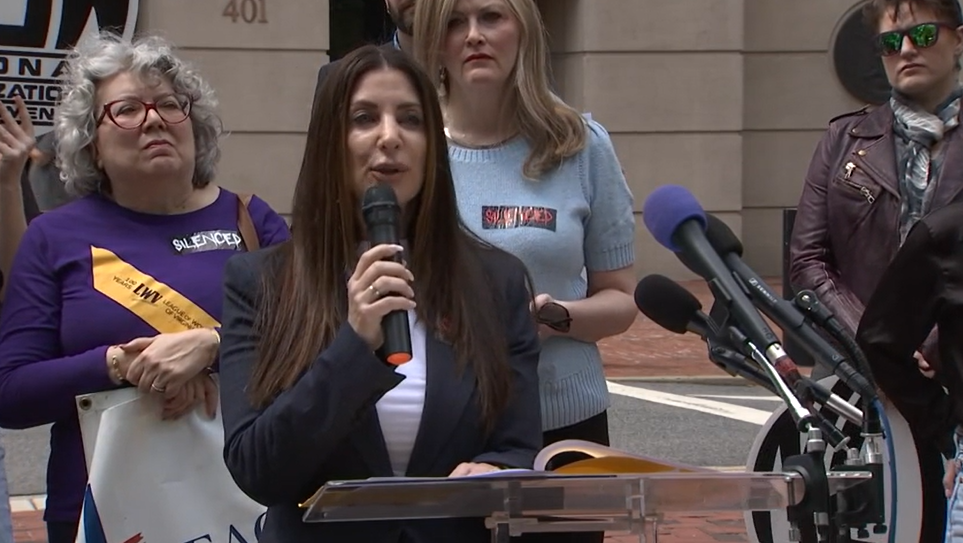Seclusion rooms will no longer be used to address behavioral problems in Maryland’s Frederick County Public Schools.
The change comes after a federal investigation found that FCPS used seclusion and restraint, primarily on students with disabilities. Calls are growing nationally to get seclusion and restrain moved from schools.
The Justice Department says FCPS systematically and improperly used seclusion and restraint against students with disabilities, in violation of federal civil rights laws. From 2017 through fall 2020, there were more than 7,000 instances of seclusion or restraint, involving 125 students.
Although they only represent about 11% of the FCPS student population, every single seclusion and all but one incident of restraint involved a student with disabilities.
We're making it easier for you to find stories that matter with our new newsletter — The 4Front. Sign up here and get news that is important for you to your inbox.
In a statement announcing its settlement agreement with FCPS the DOJ’s civil rights division wrote, “The district’s unlawful use of seclusion and restraint did not help students; it led to heightened distress and denied them access to a safe and positive learning environment. We cannot stand by and watch schools put children with disabilities in isolation thousands of times and call it public education."
The three FCPS schools serving students with significant social and emotional needs and learning disabilities account for nearly 90% of reported seclusions and restraints.
Maryland law stipulates the practices should only be used when there’s a risk of imminent, serious physical harm. Bit federal investigators say FCPS often used them in non-emergency situations, leaving students isolated and segregated from their peers, resulting in emotional distress, self-harm and learning loss.
Local
Washington, D.C., Maryland and Virginia local news, events and information
“When you look at those numbers, you can’t help but think, this is not just an issue, this is a civil rights issue,” said Guy Stephens, founder of the Alliance Against Seclusion and Restraint.
Stephens started the organization after his son, who has autism, was secluded and restrained in Calvert County, Maryland. The practices cause trauma and don’t make classrooms safer, he said.
“The more a kid is traumatized, the less they feel safe in school, the more likely they are to exhibit distressed behaviors. So you create this cycle where you’re targeting the same kid over and over again,” Stephens said.
Under the Justice Department’s agreement with FCPS, the school district will end the use of seclusion and report and evaluate all instances of restraint. Staff will receive training on appropriate behavioral interventions. Affected students will receive therapy and tutoring to make up for lost classroom time.
The district must also create a process to receive complaints about restraints.
In a statement, FCPS said in part, “FCPS has already begun transitioning our practices to ensure they are aligned with best practices and the requirements outlined in the agreement."
The settlement comes amid a growing effort in Maryland and across the country to pass federal legislation banning the use of seclusion and restraints.
That sounds like progress, but parents like Stephens fear change is coming too slowly.
“Progress is never fast enough when you’re talking about children’s lives, because while progress grinds away, kids are traumatized, kids are injured,” he said.
The DOJ said it will continue to monitor FCPS to ensure the school district complies with federal law.



